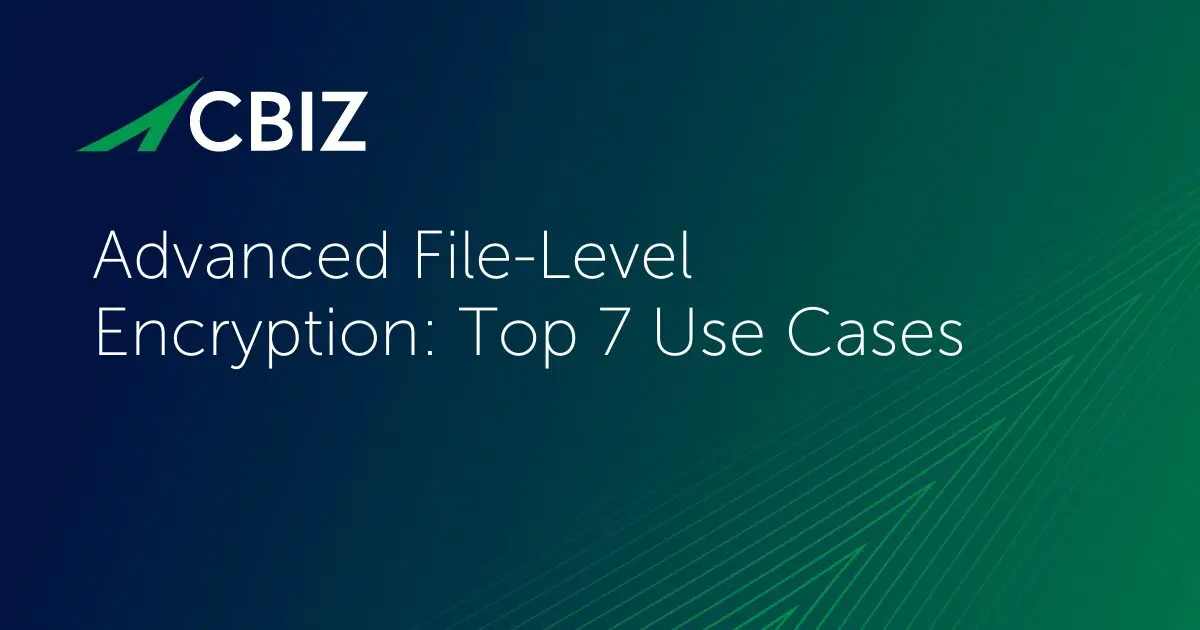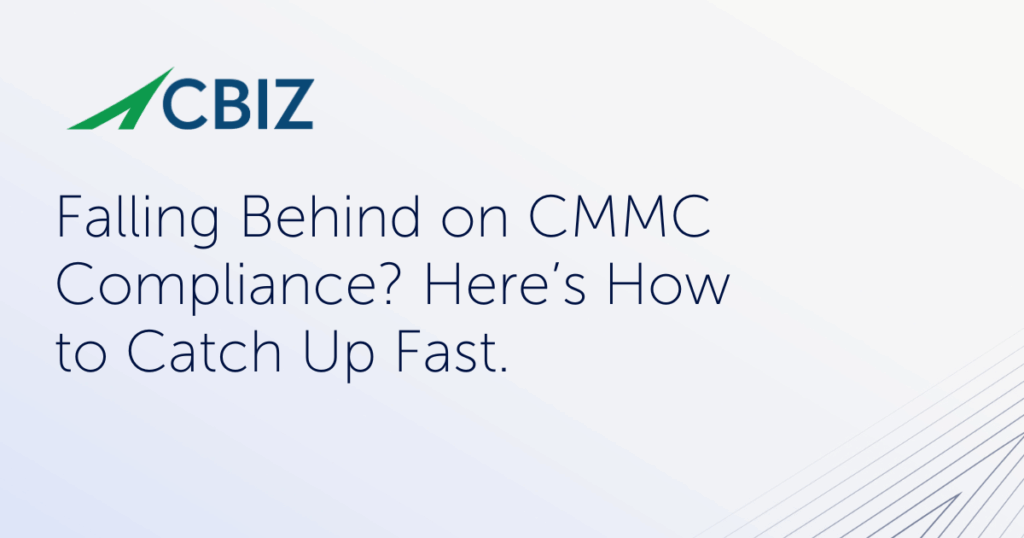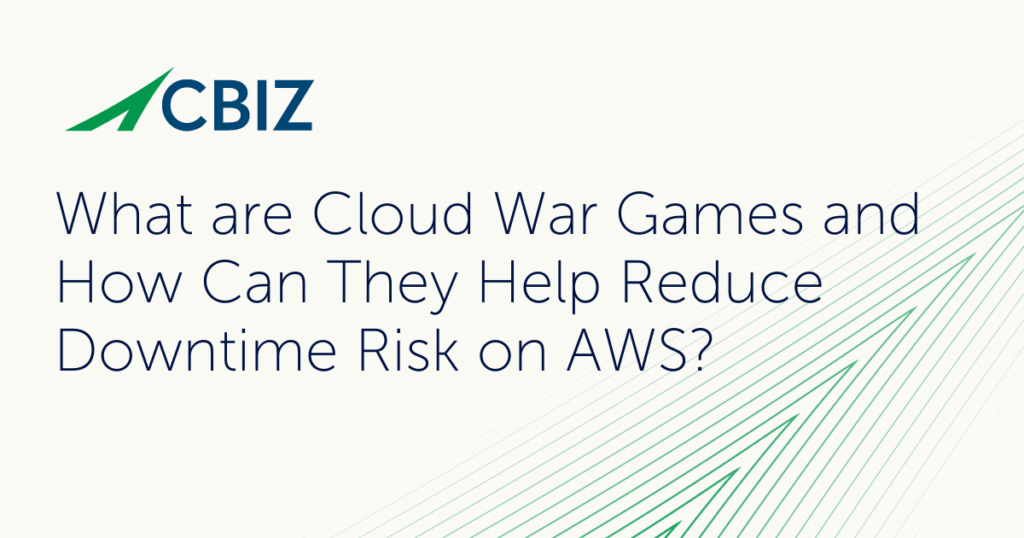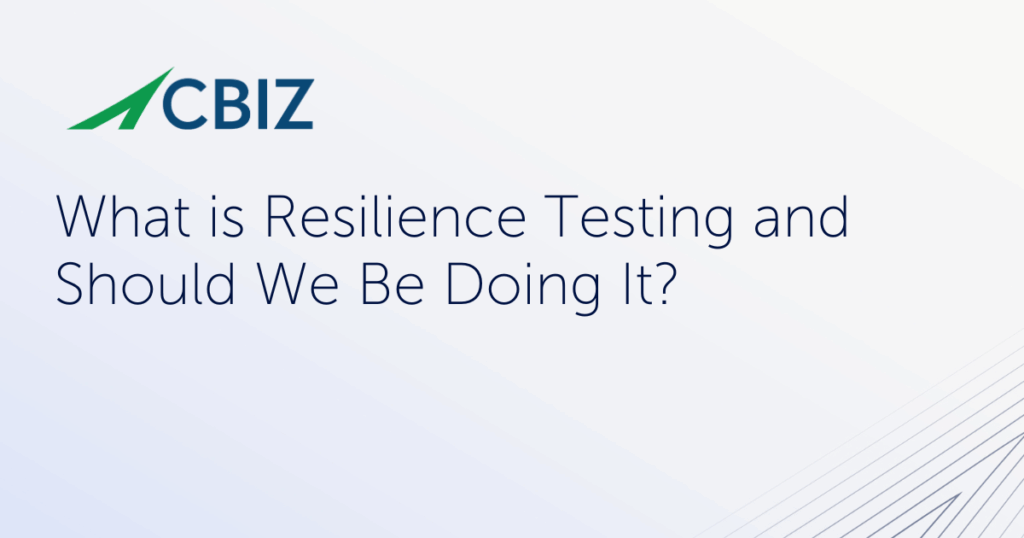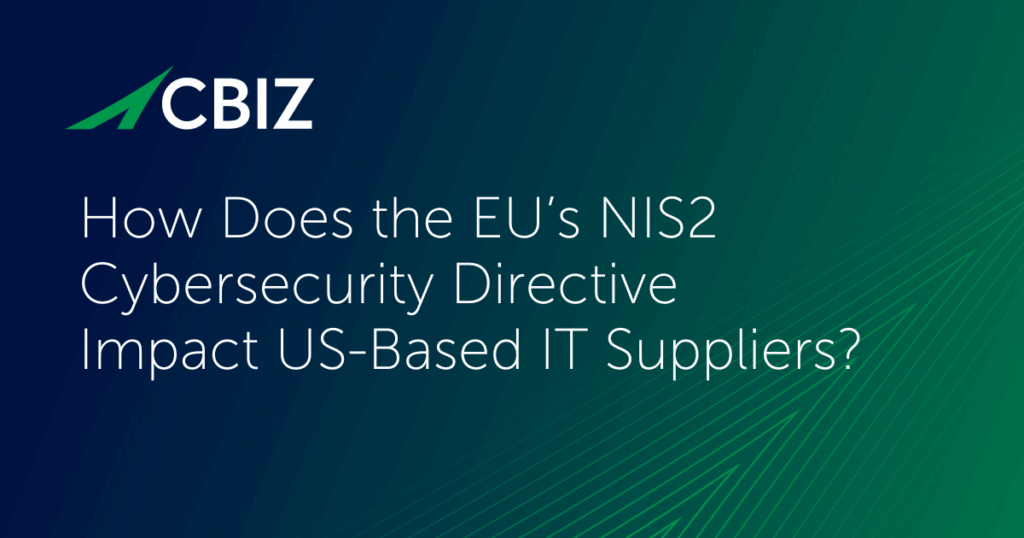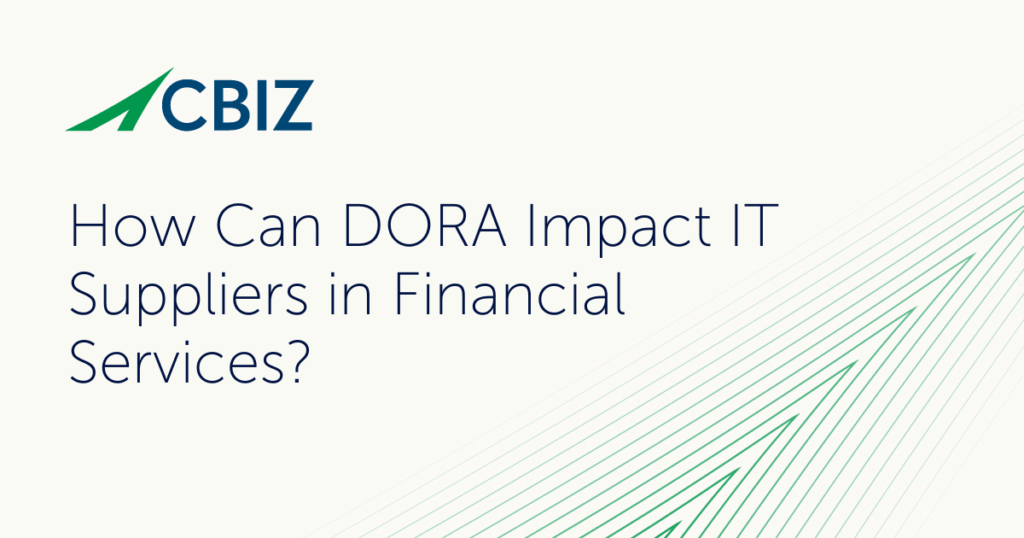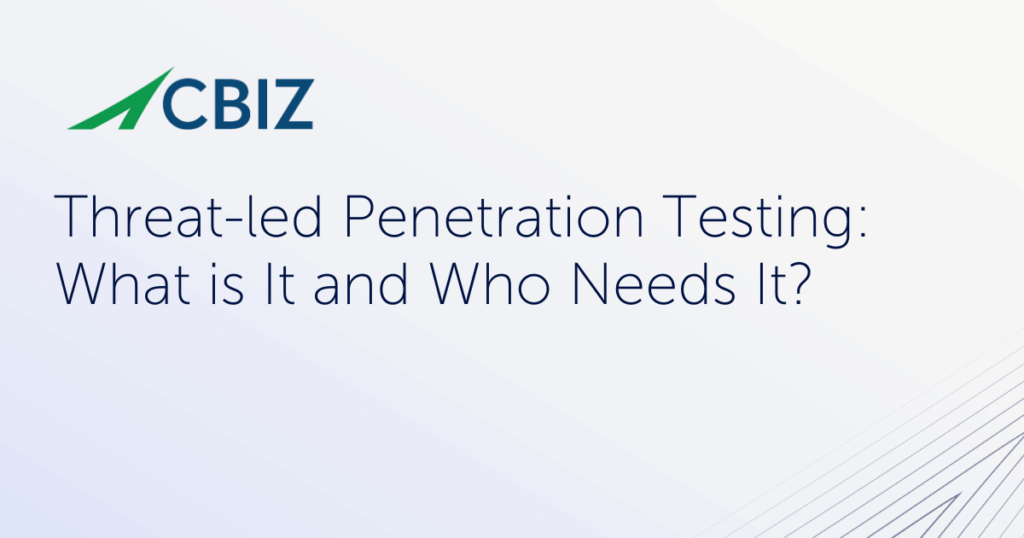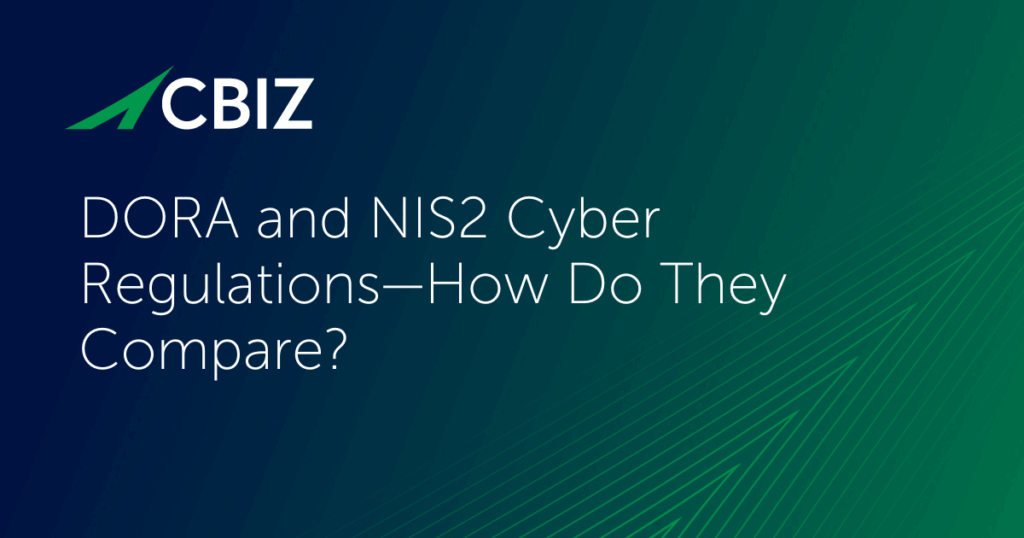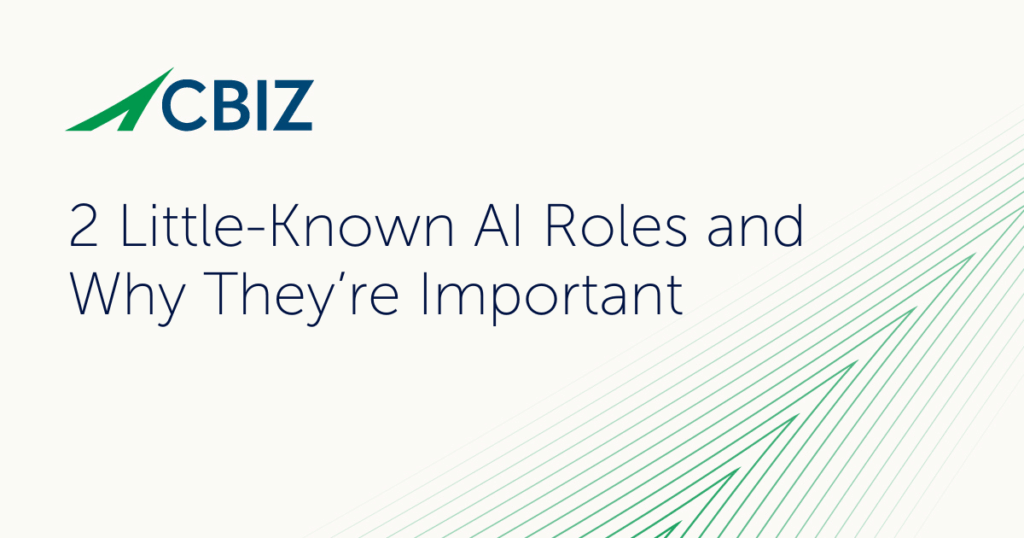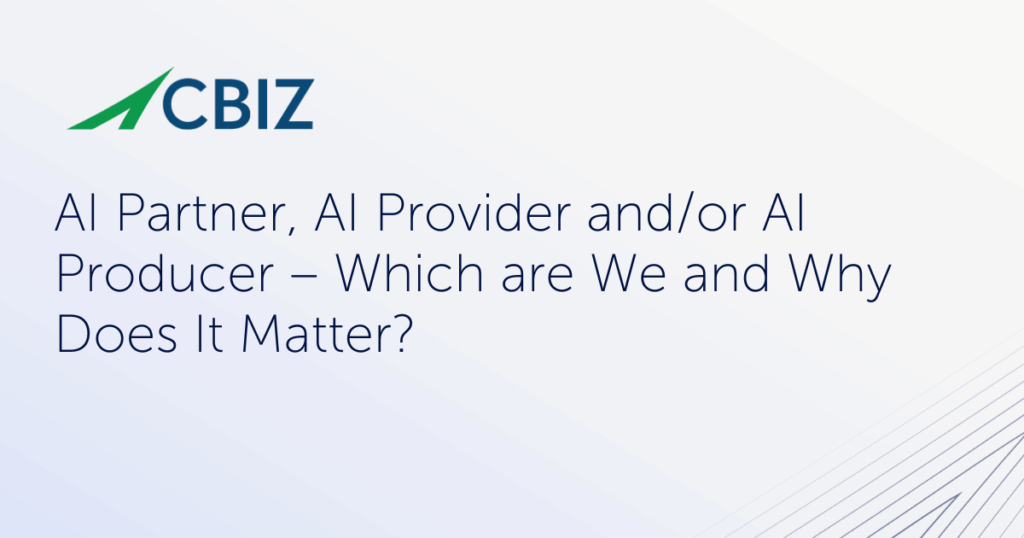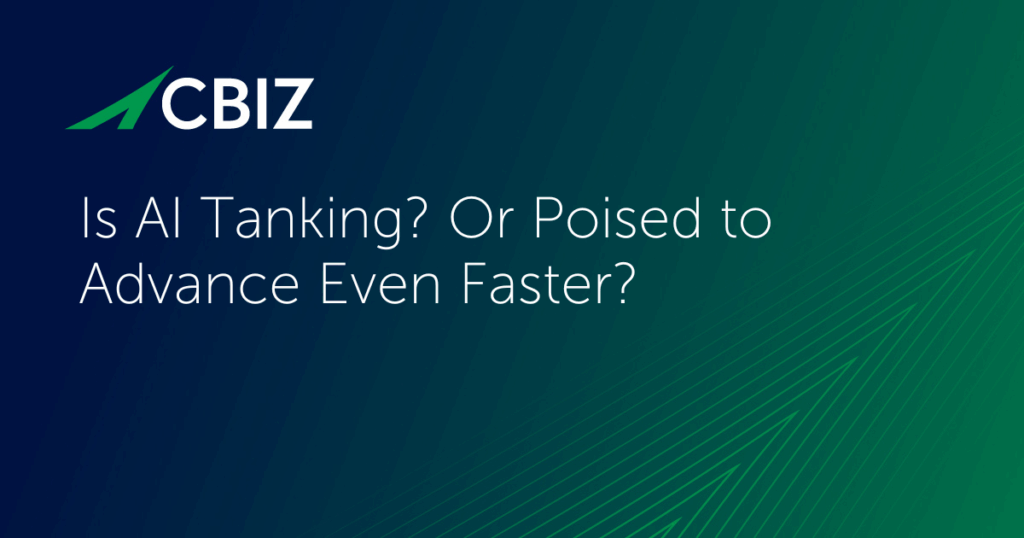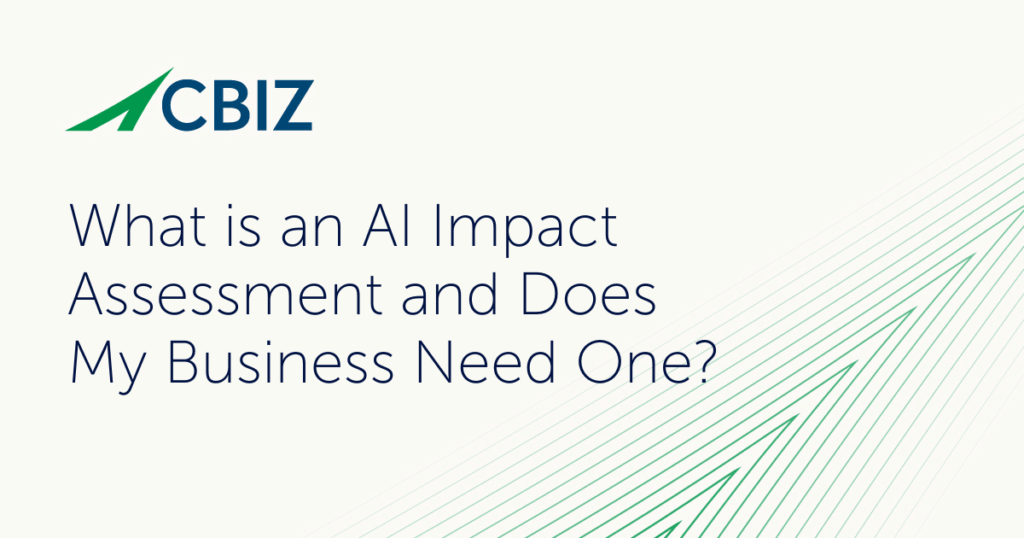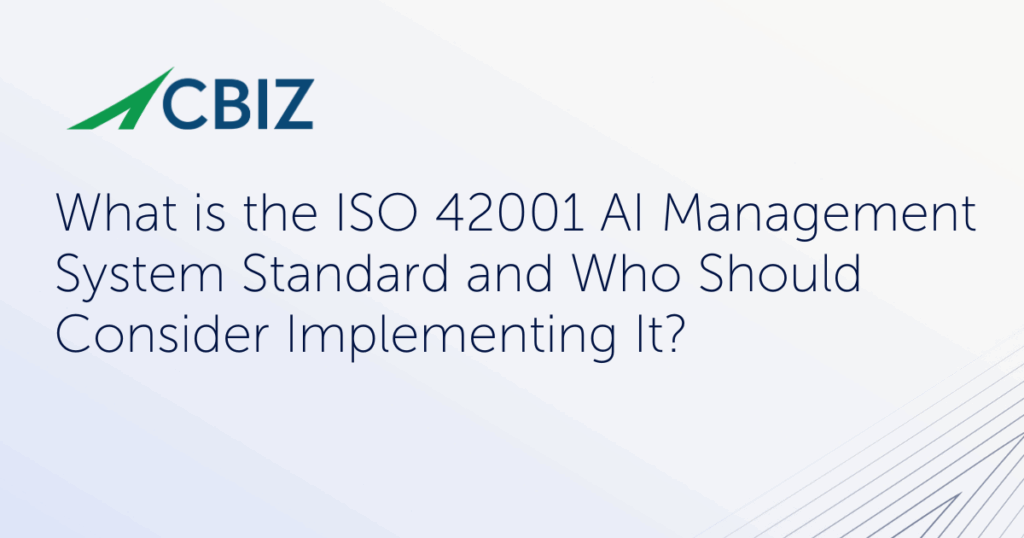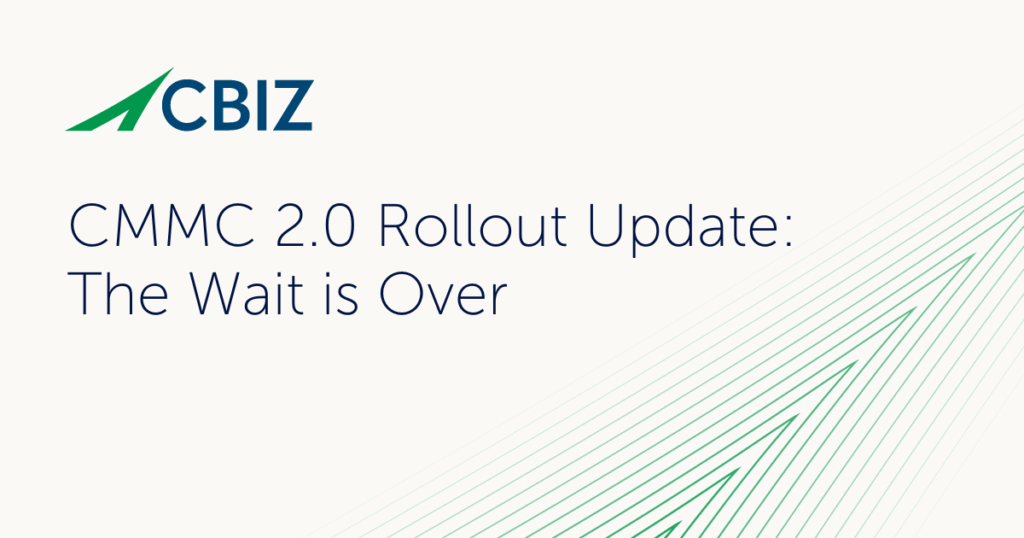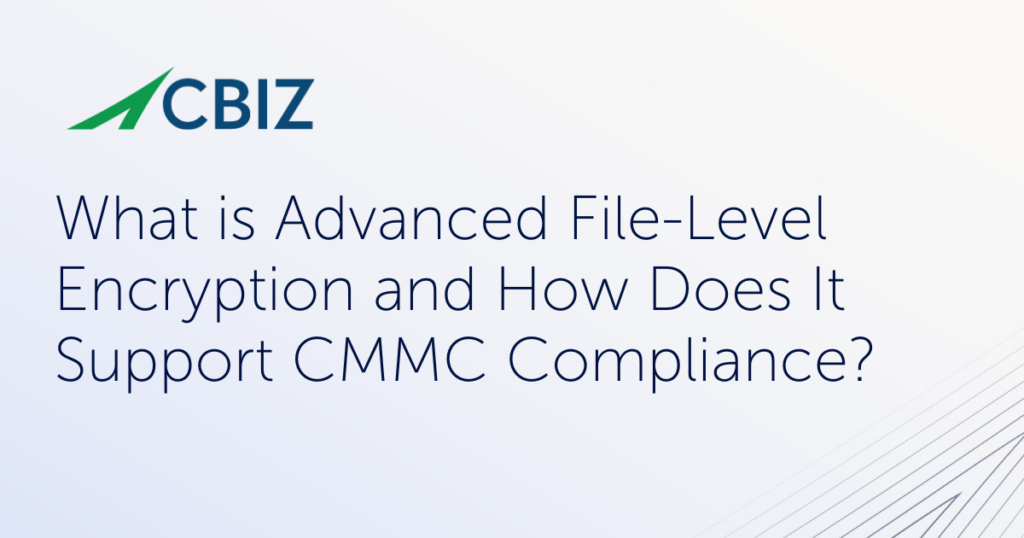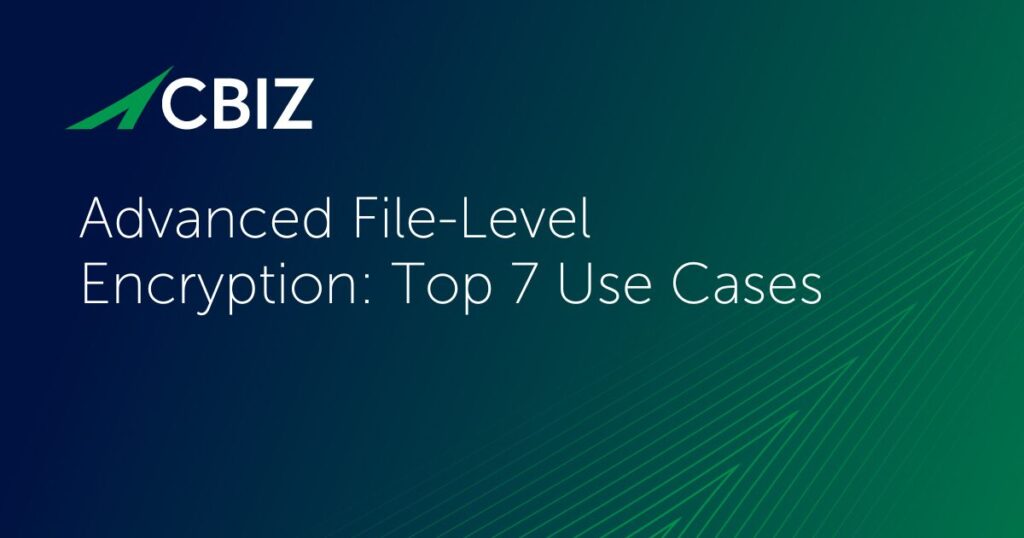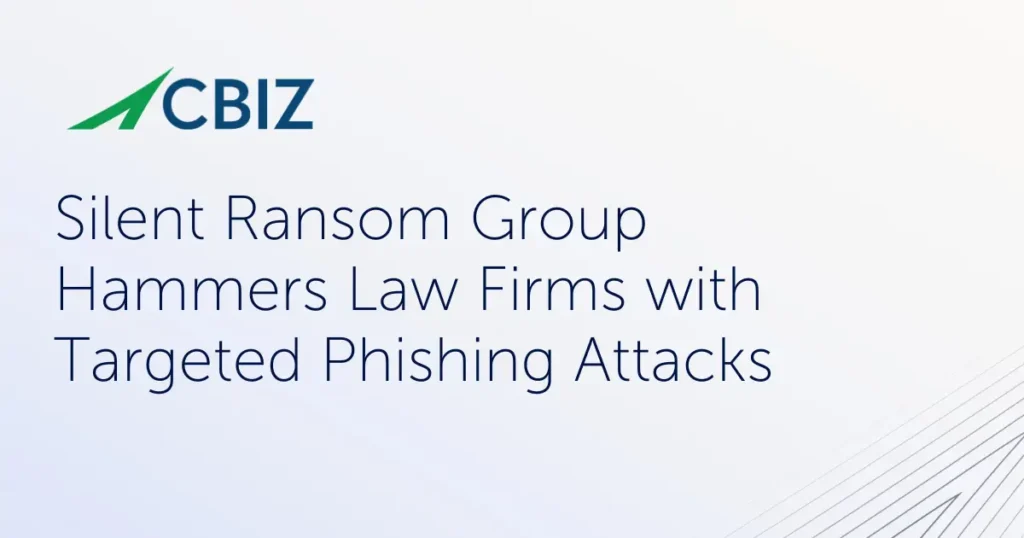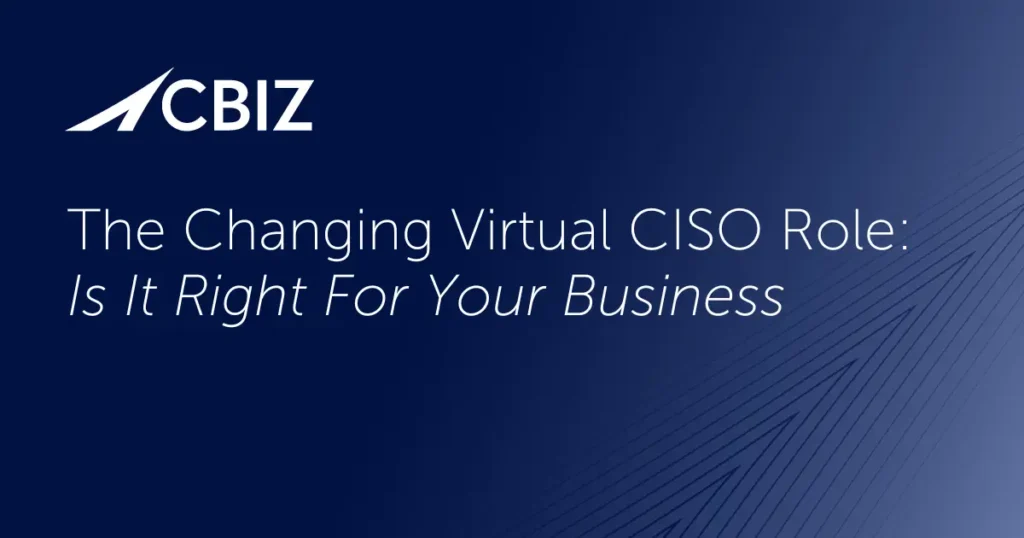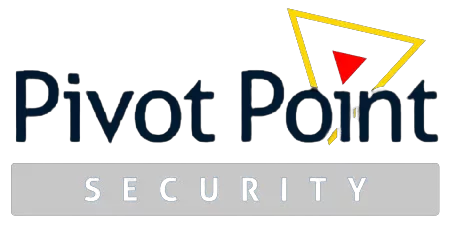Advanced file-level encryption is a cybersecurity control that protects individual files by encrypting their contents, making them indecipherable and useless without the decryption keys. By managing encryption at the level of specific files rather than folders or drives, advanced file-level encryption can offer more granular data protection that is also 100% pervasive—each file is secured not only at rest but also in transit and while in use. This radically reduces the potential impacts of security incidents while streamlining compliance and data governance.
How are forward-looking organizations making the best use of advanced file-level encryption to address business requirements? This article covers the 7 top uses cases.
One: Reducing risks and impacts from ransomware attacks
The value proposition for advanced file-level encryption as protection from ransomware and other extortion attacks is simple: When the files they’ve stolen are encrypted and cannot be decrypted, hackers have nothing to hold for ransom.
The result would be a security breach but technically not a data breach. There is effectively no data exfiltration to report.
But thwarting unauthorized access doesn’t entirely eliminate ransomware risk. The malware can still re-encrypt your already encrypted files, potentially resulting in data loss or corruption if you don’t have secure backups (e.g., immutable and/or offline backups).
Integrating your file-level encryption solution with endpoint detection and response (EDR) and/or backup tools can further ensure data integrity and availability as well as confidentiality even if one control fails. A best-practice decryption key management strategy is likewise critical to protecting sensitive data.
Two: Protection from insider threats
Many organizations struggle to balance the “friction” caused by access controls with the risk of insider threats, both malicious and unintentional. How best to provide seamless access to sensitive data for trusted employees, third parties, and other users while tracking data usage, minimizing access privileges, plugging BYOD gaps, etc.?
By encrypting data end-to-end, advanced file-level encryption makes sensitive data useless to attackers unless they can access the decryption keys. This reduces risk from credential theft and privilege creep, while streamlining identity management and offboarding/revocation procedures.
If your decryption keys are secure, your data is secure. Even if an attacker steals valid user credentials, they would still need to thwart your multi-factor identity and access controls for the file-level encryption solution to view or use the data. Many organizations choose to store their decryption keys in a hardware security module.
Three: Simplifying compliance with CMMC/NIST 800-171 and other cybersecurity regulations
End-to-end data encryption enabled by advanced file-level encryption controls can help organizations comply with regulations and guidelines like the Cybersecurity Maturity Model Certification (CMMC) framework, the NIST 800/171 standard, HIPAA, PCI DSS, ISO 27001, etc.
For example, an advanced file-level encryption solution can:
- Verifiably audit and protect sensitive data that clients share with your business.
- Enforce “zero trust” security with minimal disruption to existing business processes and digital workflows.
- Granularly encrypt only regulated data to reduce the compliance footprint.
- Encrypt and protect all relevant file types or regulated data types, such as controlled unclassified information (CUI), covered defense information (CDI), personally identifiable information (PII), financial records, voice recordings, etc.
- Meet even the most stringent cryptographic requirements, such as CMMC’s FIPS-validated or so-called “military grade” encryption requirements.
- Accelerate incident response to help meet rapid incident reporting requirements.
- Help reduce the IT complexity often associated with addressing multiple cybersecurity regulations by reducing reliance on network architecture changes, data migration/storage issues (e.g., “enclaves”), and changes to everyday business processes.
- Provide a simplified, automated data encryption protocol that is easy for users to learn and consistently apply.
Four: Managing third-party and vendor risk
Businesses across industries rely increasingly on third-party vendors (e.g., cloud service providers) to deliver business-critical services—including storing, moving, and/or processing sensitive and regulated data. This inherently introduces significant cybersecurity and compliance risk that can be challenging to assess and manage, especially across a diverse supply chain. Vendors’ data breaches can disrupt your operations, leading to downtime, financial losses, compliance violations, and reputational damage.
Traditional vendor risk management approaches focus on periodically evaluating vendor cybersecurity controls. These measures can hopefully help you choose more secure vendors. But they offer no actual protection to the sensitive data you share with them once it leaves your organization.
With advanced file-level encryption, you can securely share encrypted data with third parties without ever losing control or visibility on its security. Even if a service provider is compromised, your data remains indecipherable to unauthorized parties—greatly reducing supply chain risk to operations, compliance, and your bottom line.
Five: Supporting data governance initiatives
You cannot manage or govern data that you cannot protect. By safeguarding sensitive data from unauthorized access while at rest, in transit, and in use, advanced file-level encryption supports enterprise-wide data governance for purposes of compliance, collaboration, certification/audit engagements, and policy enforcement—even in remote work, BYOD, and cloud-based scenarios.
For example, users may seek to “work around” cybersecurity and compliance processes when they are perceived as onerous. Advanced file-level encryption offerings can help improve policy adherence by maintaining detailed audit trails on when, how, and by whom data was accessed. File-level encryption can also ensure data privacy and demonstrate compliance with applicable regulations like GDPR and US state-level privacy laws.
Six: Secure data sharing
Data sharing for collaboration both within and across organizational boundaries is business critical. Conventional approaches to securing shared data can be time-consuming, complex, and/or error prone. Yet the uncontrolled flow of sensitive data—including in the cloud—is a massive business risk.
Advanced file-level encryption can maintain data protection however data is shared, used, or stored. It can also ensure compliance in data sharing scenarios, reducing legal concerns. Sharing files in encrypted form also helps ensure privacy and improve confidence among clients and other stakeholders that sensitive data is safe even when shared.
The following table covers common data sharing situations and how file-level encryption can help:
| Sensitive data type | How advanced file-level encryption can help |
| Customer data | End-to-end encryption guarantees compliance with cybersecurity and privacy guidance like HIPAA and GDPR when sharing data that contains customer information, financial records, and/or individuals’ personal data. |
| Intellectual property and trade secrets | End-to-end encryption provides the best protection for “crown jewel” level data like new product designs, proprietary formulas, and software prototypes from being exfiltrated or leaked. |
| Contracts | Law firms and legal departments can leverage end-to-end encryption to ensure continuous confidentiality and eliminate the prospects of theft or tampering. |
| Strategic forecasts | End-to-end encryption reduces the risk of unauthorized access when collaborating on market research, revenue projections, and other strategic forecasts. |
For example, legal and accounting firms need to share their work with clients while guaranteeing data integrity and accuracy. Even if data is stolen beyond their organizational boundary, these businesses may face client dissatisfaction and reputational damage. Yet when highly sensitive data can end up in the cloud, or on an employee’s personal phone in a coffee shop, the potential attack surface expands exponentially.
Advanced file-level encryption can keep data secure without unduly constraining collaboration. For example, a lawyer can edit sensitive files shared in the cloud from their home office without compromising security or compliance. Some encryption solutions can even block most forms of copying, screen capture, or downloading, except perhaps photographing data on-screen while a file is open.
Seven: Building a zero trust cybersecurity architecture
End-to-end encryption is foundational for data protection in zero trust environments. By verifying access to individual files, a file-level encryption approach ensures that unauthorized users cannot access the data even if other controls fail. This aligns with the zero trust mantra: “Never trust, always verify.”
Advanced file-level encryption can also support least privilege initiatives within a zero trust model by giving you fine-grained control over who can access specific files, including restricting access based on roles, permissions, and/or locations. Even hackers with stolen credentials granting access to a system may not have the decryption keys to access specific files, which can help reduce damage from insider threats.
File-level encryption also helps shrink an organization’s attack surface, limiting the potential impacts of security incidents by keeping sensitive data out of the wrong hands even as new threats emerge. Solutions that monitor and alert on suspicious activity can help automate proactive responses to quickly nullify threats before extensive damage occurs.
What’s next?
For more guidance on this topic, listen to Episode 152 of The Virtual CISO Podcast with guest Thomas Kwon, CEO at FenixPyre.
Back to Blog





